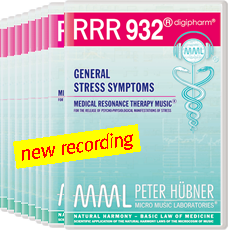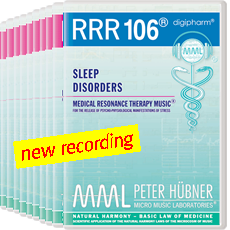Introduction to the University of the Future
Peter Hübner
Developer of the University
Medical Music
Preparations on CD
| DEUTSCHE FORSCHUNGSAKADEMIE DER SAKRALEN MUSIK |
| DEUTSCHE FORSCHUNGSAKADEMIE DER SAKRALEN MUSIK |
| SCIENTIFICALLY INTRODUCING UNIVERSALITY TO ACADEMIC LIFE |
| Faculties: Music & Musicology · Philosophy · Medical Sciences · Education · Pythagoras · Consciousness · Humanities · Natural Science · The Dragon · The Veda · Culture · Opera & Arts |

| MEDICAL RESONANCE THERAPY MUSIC® Medical Music Preparations on CD |
| Listening Program: General Stress Symptoms  Listening Program: Sleep Disorders  |
|
If you like to look at the complete program, |
© 1998- WORLD UNION OF THE ACADEMIES OF ACADEMIC EXCELLENCE
Design by
GLOBAL WEB DESIGN
one of the global services of United Productions International
“We integrate thoughts and ideas”